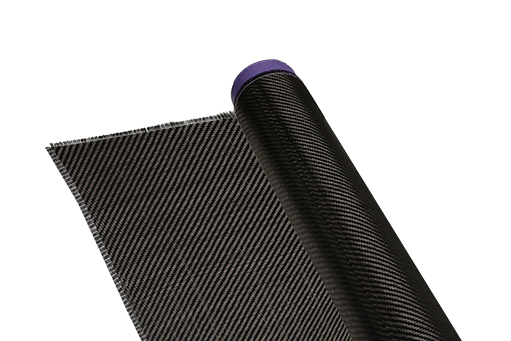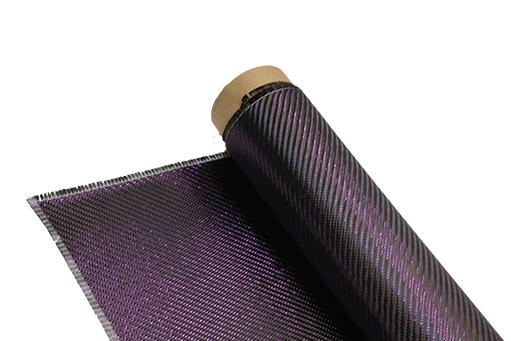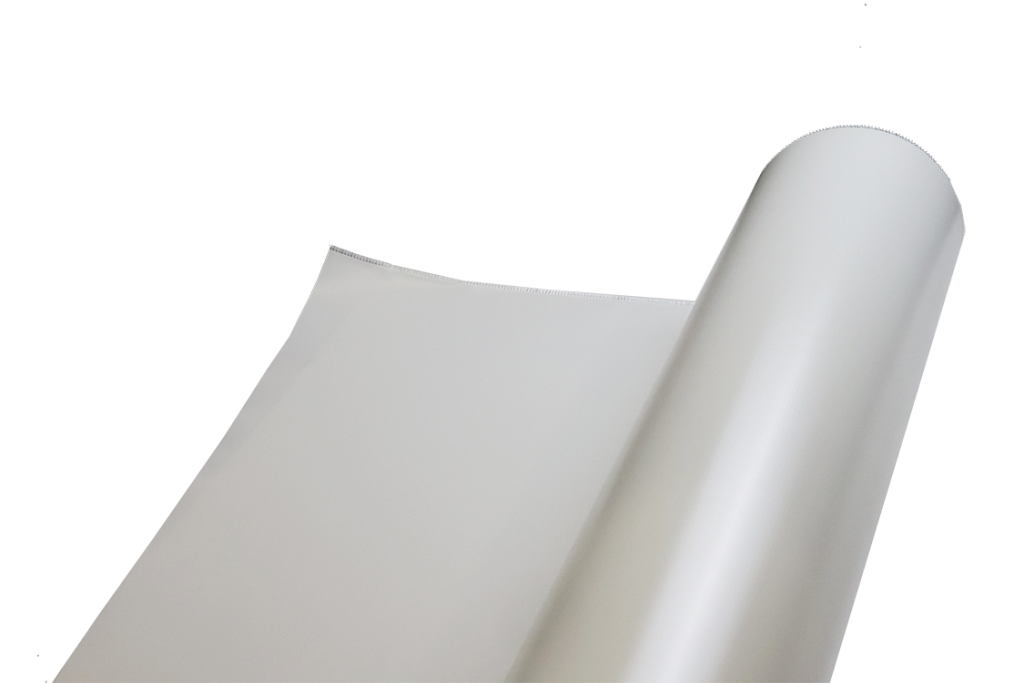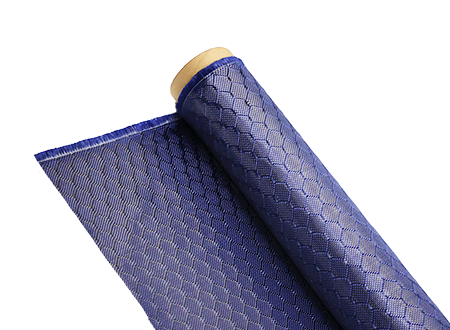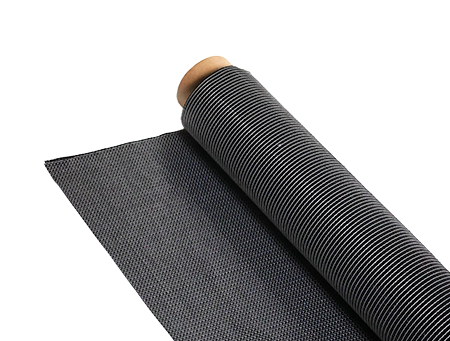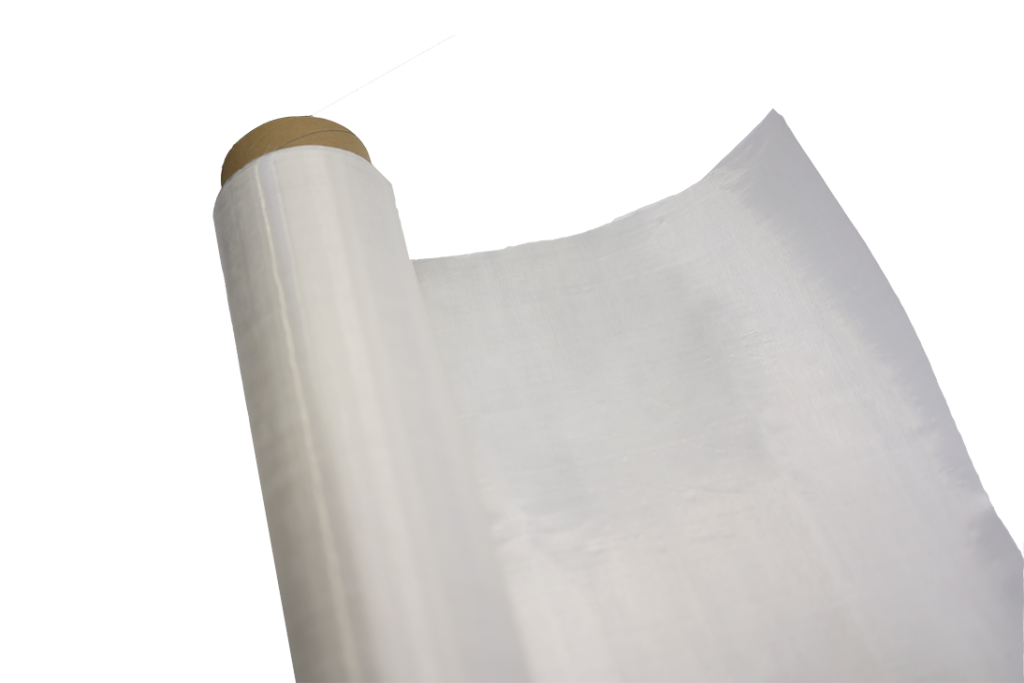Is Carbon Fiber Powder Expensive? Your Guide to Cost
-
 Your Composites Expert Carbon Fiber Materials&Products
Your Composites Expert Carbon Fiber Materials&Products -
-1.png?width=686&height=617) Your Composites Expert Aramid Fiber Materials&Products
Your Composites Expert Aramid Fiber Materials&Products -
 Your Composites Expert UHMWPE Materials&Products
Your Composites Expert UHMWPE Materials&Products -
 Your Composites Expert Fiberglass Materials&Products
Your Composites Expert Fiberglass Materials&Products -
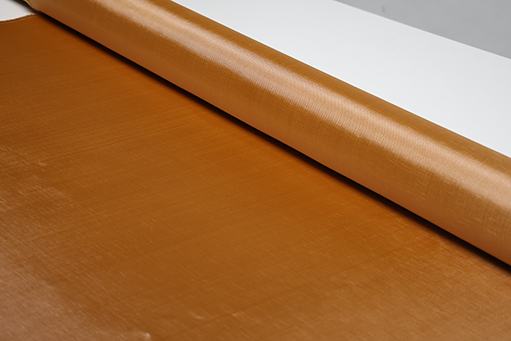 Your Composites ExpertPBO Materials&Products
Your Composites ExpertPBO Materials&Products -
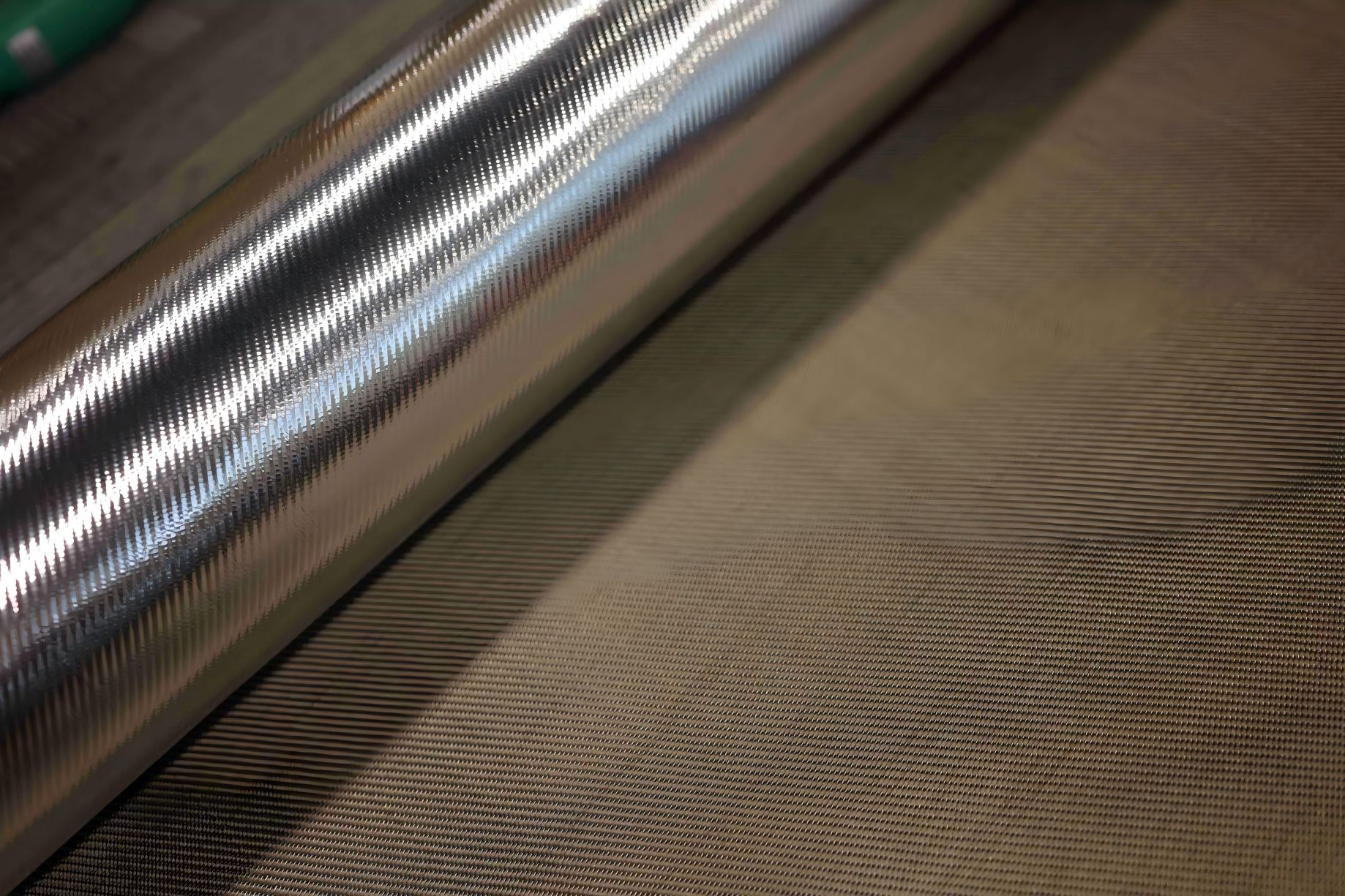 Your Composites Expert Basalt Materials&Products
Your Composites Expert Basalt Materials&Products
Carbon fiber powder has emerged as a go-to material in various industries due to its unique properties, including high strength, stiffness, and low weight. However, one question that often arises is whether carbon fiber powder is expensive. In this comprehensive guide, we will explore the factors that influence its cost and provide you with a clear understanding of the pricing dynamics in the carbon fiber powder market.
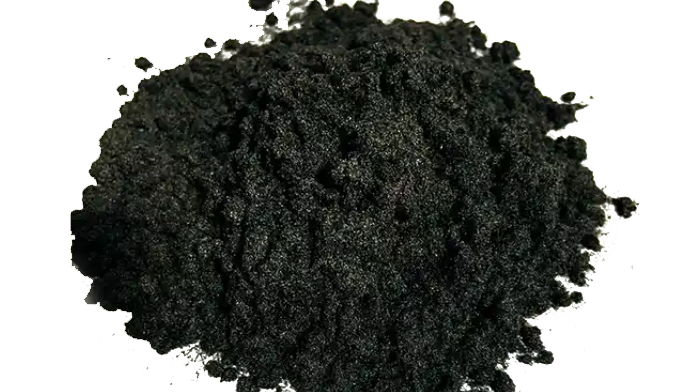
Key Takeaways:
- Carbon fiber powder is a sought-after material in various industries due to its unique properties.
- Understanding the factors that influence its cost is crucial to determining its affordability.
- The cost of carbon fiber powder is significantly impacted by raw material costs, manufacturing processes, and market demand and supply dynamics.
- Cost-saving strategies can be employed to mitigate the overall expense of using carbon fiber powder.
- The future outlook for carbon fiber powder and its potential cost changes are worth considering.
Understanding Carbon Fiber Powder
Carbon fiber powder is a versatile material that has gained widespread use in various industries, including aerospace, automotive, and sports equipment. It is a finely powdered form of carbon fiber that is often used to create lightweight, high-strength composite materials.
It is made from carbon fibers that are broken down into small particles. These fibers are typically made from polymer materials that have been treated with heat and chemicals to create a strong, lightweight material.
The composition of carbon fiber powder allows it to be molded into complex shapes and structures, making it ideal for use in applications that require both strength and flexibility.
In addition to its strength and versatility, it is also resistant to corrosion and has a high resistance to impact and fatigue. These properties make it a popular choice for many industries that require durable and long-lasting materials.
Factors Affecting the Cost of Carbon Fiber Powder
The cost of carbon fiber powder is influenced by several factors, including:
- Raw Material Costs
- Manufacturing Process and Technology
- Market Demand and Supply
Raw Material Costs
The cost of raw materials used to produce carbon fiber powder significantly impacts its final cost. The main raw materials used in carbon fiber production include:
| Raw Material | Percentage of Total Cost |
|---|---|
| Polyacrylonitrile (PAN) | 50-70% |
| Pitch | 10-30% |
| Rayon | 5-20% |
The cost of PAN, pitch, and rayon can be influenced by market demand, availability, and production costs. For example, if the demand for PAN increases, its cost may also rise, which can increase the overall cost of carbon fiber powder.
Manufacturing Process and Technology
The manufacturing process and technology employed to produce carbon fiber powder can also influence its final cost. The three primary manufacturing methods include:
- Pre-oxidation and carbonization
- Chemical vapor deposition (CVD)
- High-temperature pyrolysis
The CVD method is the most expensive manufacturing process due to the advanced technology and equipment required. Meanwhile, the pyrolysis method is the most cost-effective due to its simplicity and lower energy requirements.
Market Demand and Supply
The demand and supply dynamics of the market can also influence its cost. The market demand can increase due to growing demand from industries such as aerospace, automotive, and sporting goods. On the other hand, an oversupply of powder can drive prices down. The overall cost of carbon fiber powder may also be influenced by geopolitical factors, such as trade policies and tariffs, which can affect the pricing of raw materials and manufacturing processes.
Understanding the factors affecting the cost of material can help you make informed decisions when sourcing, manufacturing, and applying it. In the next section, we will compare the cost of material with other alternative materials in similar applications to determine its true value.
Raw Material Costs and Carbon Fiber Powder
Raw material costs play a critical role in determining the overall cost of carbon fiber powder. The key raw materials used in producing carbon fiber powder include:
| Raw Material | Percentage of Total Cost |
|---|---|
| Polyacrylonitrile (PAN) | 50-70% |
| Pitch | 15-30% |
| Rayon | 10-20% |
Polyacrylonitrile (PAN) is the most commonly used raw material in the production of carbon fiber powder and accounts for most of the costs. Pitch is another raw material but is not as widely used as PAN. Rayon is mostly used in the production of low-cost carbon fiber powder and thus accounts for a smaller percentage of the total cost.
The prices of raw materials are subject to market fluctuations, affecting the overall cost of carbon fiber powder. The cost of PAN, for instance, increased significantly in recent years due to an increase in demand. This increase in raw material costs inevitably impacts the cost of carbon fiber powder and makes it more expensive.
Manufacturers, therefore, have to balance the demand for high-quality carbon fiber powder with the need to manage production costs to provide a competitive price to consumers.
Manufacturing Process and Technology Used in Producing Carbon Fiber Powder
The manufacturing process of carbon fiber powder is a complex and intricate procedure that requires advanced technology and equipment. The primary manufacturing methods used for producing carbon fiber powder are the vapor-grown method and the chemical vapor deposition method.
Vapor-Grown Method
The vapor-grown method involves heating hydrocarbon gas to high temperatures, which causes the gas molecules to break down into smaller carbon atoms. These carbon atoms then form into tiny tubes and fibers, which are collected and processed to produce carbon fiber powder.
This method produces carbon fiber powder with high purity and excellent mechanical properties. However, it is a slow and expensive process that requires specialized equipment and high energy consumption.
Chemical Vapor Deposition Method
The chemical vapor deposition (CVD) method involves the deposition of carbon on a substrate through a chemical reaction between a carbon precursor gas and a metal catalyst. The carbon atoms form on the surface of the substrate, which is then removed and processed to produce carbon fiber powder.
This method is faster and more cost-effective than the vapor-grown method, but it produces carbon fiber powder with lower purity and mechanical properties.
Overall, the manufacturing process and technology used for producing carbon fiber powder can significantly impact its cost and quality.
Market Demand and Supply of Carbon Fiber Powder
Market demand and supply are two significant factors that impact the cost of carbon fiber powder. Understanding these dynamics is crucial for making informed decisions regarding its use.
The demand for carbon fiber powder is driven by its widespread use in several industries, including aerospace, automotive, energy, and sports equipment. As the demand for these products increases, so does the demand for carbon fiber powder. In turn, this can affect the cost, as suppliers may raise prices to meet the demand.
On the other hand, the supply of carbon fiber powder is limited by the production capacity and availability of raw materials. Since the raw materials used in carbon fiber powder production are expensive and not readily available, the supply may fluctuate, thus impacting the cost. For instance, events such as a global pandemic or natural disasters may disrupt the supply chain, leading to price surges.
It is worth noting that the market demand and supply dynamics are not unique to carbon fiber powder but are characteristic of any market. However, since the carbon fiber powder market is relatively new and growing, its pricing dynamics are subject to more significant fluctuations.
Market Trends and Competition
Market trends and competition are also significant drivers of the cost of carbon fiber powder. In a competitive market, suppliers may lower their prices to attract customers or raise them to maximize profits. Similarly, market trends such as the adoption of carbon fiber powder in new industries can significantly impact its cost.
Overall, the market demand and supply trends, as well as competition, can significantly impact the cost of carbon fiber powder. By tracking these factors and monitoring market trends, you can make informed decisions regarding its use and determine cost-effective strategies.
Applications of Carbon Fiber Powder
Carbon fiber powder finds extensive usage across various industries, primarily because of its unique composition and exceptional properties. Below are some notable applications of carbon fiber powder:
| Industry | Application |
|---|---|
| Aerospace | Manufacturing of aircraft components, such as wings, tail fins, and nose cones |
| Automotive | Production of high-performance automobiles and racing cars, such as body panels, spoilers, and wheels |
| Sports Equipment | Creation of lightweight and durable sporting goods, such as tennis rackets, bicycle frames, and fishing rods |
| Construction | Reinforcement of concrete structures, such as bridges, buildings, and highways |
| Medical | Development of prosthetics and other medical devices |
The unique properties of carbon fiber powder, such as its high strength, low weight, and resistance to corrosion and fatigue, make it an ideal material for various applications, especially those that require performance under extreme conditions. As new and innovative uses for carbon fiber powder emerge, we can expect to see continued growth and expansion in the market.
Cost Comparison with Other Materials
When considering the expense of using carbon fiber powder, it's important to compare its cost with other alternative materials commonly used in similar applications. This can provide valuable insights into whether carbon fiber powder is expensive or not.
"Carbon fiber is still more expensive than competing materials, but it has come down in price quite a bit," according to Joe O'Neill, director of composites technology and development at the National Composite Center.
Below is a cost comparison of carbon fiber powder with other materials:
| Material | Price per pound |
|---|---|
| Aluminum | $2.50 |
| Steel | $0.55 - $1.25 |
| Titanium | $16.00 - $20.00 |
| Carbon Fiber Powder | $25.00 - $250.00 |
As seen in the table above, carbon fiber powder is generally more expensive than competing materials. However, its strength-to-weight ratio is unparalleled, making it an ideal choice for industries such as aerospace and automotive where weight reduction is a top priority.
It's also worth noting that the price of carbon fiber powder has decreased significantly in recent years as the manufacturing process has become more efficient. This trend is expected to continue with the development of new technologies and materials, potentially making carbon fiber powder more affordable in the future.
Despite its higher cost, carbon fiber powder can provide significant benefits in terms of performance, durability, and weight reduction, making it a worthwhile investment for certain applications.
Pricing Trends in the Carbon Fiber Powder Market
Understanding the pricing trends in the carbon fiber powder market is vital to making informed decisions about its use. The pricing of carbon fiber powder is subject to a variety of factors, such as raw material costs, manufacturing processes, market demand, and supply dynamics.
One of the significant pricing trends in the carbon fiber powder market is the increasing demand for sustainable and eco-friendly materials. As global environmental concerns continue to rise, there is a growing preference for materials with a lower carbon footprint. Carbon fiber powder, with its high strength-to-weight ratio and durability, is becoming increasingly popular in sustainable and environmentally conscious industries.
Another trend in the carbon fiber powder market is the increasing competition among manufacturers. The market is highly fragmented, with numerous players vying for a share of the market. This competition has resulted in competitive pricing strategies and a drive towards innovation to reduce costs and improve quality.
Historical Pricing Trends
Historical data on carbon fiber powder pricing shows that prices have been relatively stable over the past decade. However, there have been some notable fluctuations in pricing, primarily driven by changes in the supply and demand dynamics of the market. In some cases, natural disasters or political events have also influenced pricing trends.
For example, in 2011, the price of carbon fiber powder skyrocketed due to the earthquake and tsunami in Japan. The disaster disrupted the supply chain and caused a shortage of raw materials, leading to a significant increase in pricing. However, prices eventually stabilized as the market adjusted to the new supply and demand dynamics.
Current Pricing Trends
Currently, the pricing of carbon fiber powder remains relatively stable, driven by the steady demand from various industries. However, there are indications of potential changes in pricing in the future. For example, the development of new technology and manufacturing processes could significantly lower the production costs and reduce prices. Additionally, changes in market demand could result in shifts in pricing trends.
Future Pricing Trends
The future pricing of carbon fiber powder is influenced by several factors, such as advancements in manufacturing processes and new applications in industries such as renewable energy and electronics. The growing demand for sustainable materials is also expected to influence pricing trends, with carbon fiber powder becoming increasingly popular in these industries.
In conclusion, the pricing of carbon fiber powder is subject to various factors, and understanding pricing trends is essential to making informed decisions about its use. While prices have remained relatively stable in recent years, the market is dynamic, and future trends could affect pricing.
Cost Savings Strategies for Carbon Fiber Powder
Carbon fiber powder is a high-end material that can come with a hefty price tag. However, there are cost-saving strategies that can help make it more affordable. By implementing these strategies, you can reduce the overall expense of using carbon fiber powder without compromising on quality or performance.
1. Sourcing Strategies
The first step to saving on the cost of carbon fiber powder is to implement effective sourcing strategies. This involves researching and comparing prices from multiple suppliers, negotiating bulk discounts, and exploring alternative materials that may be more cost-effective without compromising quality.
2. Manufacturing Strategies
The manufacturing process can also impact the final cost of carbon fiber powder. By adopting efficient manufacturing techniques and utilizing advanced technologies, you can reduce production costs and optimize material usage. For example, using recycled carbon fiber can be a more cost-effective and sustainable alternative to using virgin carbon fiber.
3. Application Strategies
When using carbon fiber powder in applications, it's essential to optimize its usage to reduce waste and ensure maximum performance. This involves choosing the right product specifications, designing parts with optimal geometry, and minimizing rework and scrap. By doing so, you can reduce material usage and overall production costs.
4. Recyclability Strategies
One of the significant advantages of carbon fiber powder is its recyclability. By incorporating a recycling program into your production process, you can recover valuable materials and reduce waste disposal costs. This can also help improve sustainability and reduce your environmental footprint.
5. Collaborative Strategies
Collaborating with suppliers and industry partners can also help reduce the cost of carbon fiber powder. By sharing knowledge and resources, you can identify new cost-saving opportunities and optimize the entire supply chain. This can lead to long-term cost reductions and improved efficiency.
Incorporating these cost-saving strategies into your carbon fiber powder production and application processes can help you save money and improve efficiency without compromising quality or performance.
Future Outlook and Potential Cost Changes
As the world becomes more conscious of environmental issues, there is a growing demand for lightweight, high-strength materials like carbon fiber powder. With this demand, there are also many exciting developments in the carbon fiber industry that could impact its cost in the future.
One significant area of development is in the field of sustainable raw materials. Traditional carbon fiber production uses materials like petroleum and coal tar pitch, which are non-renewable resources. However, there are ongoing efforts to develop carbon fiber from sustainable sources like lignin, a byproduct of the paper-making process. If successful, this could significantly reduce the cost of carbon fiber powder by using a renewable resource.
Additionally, advancements in manufacturing technology are making the production process more efficient, reducing waste and labor costs. This could also lead to a decrease in the overall cost of carbon fiber powder.
On the other hand, changes in market demand can also impact the cost of carbon fiber powder. The increased demand for electric vehicles, for example, has led to a surge in demand for lightweight materials, including carbon fiber powder. This has driven up prices, and the trend is likely to continue as the adoption of electric vehicles grows.
Potential Cost Changes
In summary, the future outlook for carbon fiber powder is positive, with opportunities for cost reductions through sustainable raw materials and manufacturing advancements. However, the growing demand for carbon fiber in various industries, like automotive, aerospace, and sporting goods, may also lead to price increases.
Conclusion
Carbon fiber powder can be an expensive material, but it is important to consider the various factors that influence its cost. Raw material costs, manufacturing processes, market demand, and supply dynamics all play a significant role in determining the final price.
Despite being expensive, carbon fiber powder offers unique properties that make it attractive to many industries, including aerospace, automotive, and sports equipment. Its strength-to-weight ratio, corrosion resistance, and thermal conductivity make it a preferred material for high-performance applications.
For those looking to use carbon fiber powder, there are cost-saving strategies that can be implemented during the sourcing, manufacturing, or application stages. By exploring these strategies, it is possible to mitigate the overall expense of using carbon fiber powder.
Looking to the Future
The future outlook for carbon fiber powder is promising, with emerging trends and technological advancements likely to improve its affordability. However, potential cost changes will depend on several factors, including advancements in manufacturing processes, shifts in raw material costs, and changes in market demand.
Overall, carbon fiber powder can be an expensive but valuable material for industries looking to improve their performance capabilities. By understanding the various factors that influence its cost and exploring cost-saving strategies, it is possible to make informed decisions about whether carbon fiber powder is the right material for your needs.
Our product: https://ictfibers.com/products/carbon-fiber-powder/
FAQ
Is carbon fiber powder expensive?
The cost of carbon fiber powder can vary depending on various factors. Factors such as raw material costs, manufacturing processes, market demand, and supply dynamics can influence the pricing of carbon fiber powder.
What is carbon fiber powder?
Carbon fiber powder is a fine, powdered form of carbon fiber. It is composed of tiny strands of carbon that have been processed and ground into a powder-like consistency. It has various applications in industries such as aerospace, automotive, and sports equipment.
What factors affect the cost of carbon fiber powder?
The cost of carbon fiber powder is influenced by factors such as raw material costs, manufacturing processes, and market demand. These factors can impact the overall pricing and availability of carbon fiber powder.
How do raw material costs affect the cost of carbon fiber powder?
The cost of carbon fiber powder is significantly influenced by the cost of its raw materials. The prices of these raw materials, such as precursor fibers and resins, can impact the overall cost of production and, in turn, the pricing of carbon fiber powder.
How does the manufacturing process affect the cost of carbon fiber powder?
The manufacturing process used to produce carbon fiber powder can impact its cost. Different manufacturing methods and technologies can have different costs associated with them, which can affect the final price of carbon fiber powder.
How does market demand and supply impact the cost of carbon fiber powder?
The demand and supply dynamics of the carbon fiber powder market can play a significant role in determining its cost. Market trends, competition, and industry-specific demands can influence the pricing of carbon fiber powder.
What are the applications of carbon fiber powder?
Carbon fiber powder is used in various industries and applications. It finds applications in aerospace, automotive, sports equipment, and more. Its properties, such as high strength and lightweight, make it desirable for industries that require materials with superior performance.
How does the cost of carbon fiber powder compare to other materials?
To understand the cost of carbon fiber powder, it is important to compare it with other alternative materials commonly used in similar applications. This comparison can provide insights into the relative affordability and advantages of carbon fiber powder.
What are the pricing trends in the carbon fiber powder market?
The pricing trends in the carbon fiber powder market can vary over time. By examining historical pricing data and current trends, one can gain insights into the market dynamics and potential changes in the cost of carbon fiber powder.
Are there cost-saving strategies for carbon fiber powder?
Yes, there are cost-saving strategies that can help mitigate the overall expense of using carbon fiber powder. These strategies can be implemented during the sourcing, manufacturing, or application stages and can help optimize costs without compromising quality.
What is the future outlook for carbon fiber powder and its potential cost changes?
The future outlook for carbon fiber powder involves emerging trends, technological advancements, and potential factors that may influence its cost. Monitoring these developments can provide valuable insights into the future cost dynamics of carbon fiber powder.


